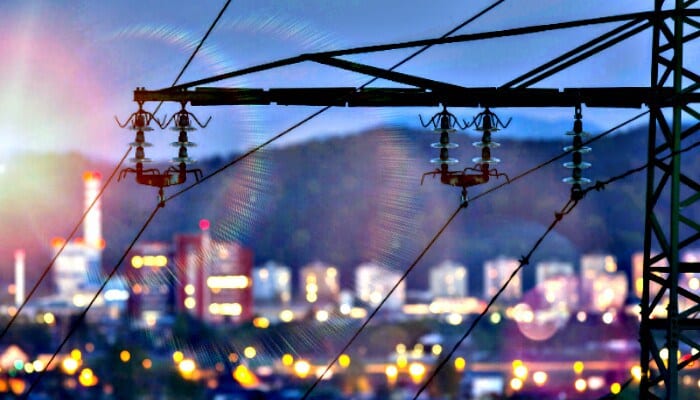This week we are going to put the policy rants to one side and just focus on the data. We think the real question is what are electricity prices going to do in the next five years?
Of all the stats I looked at this week, the one that really stood out is the fall in the coal price. To me this is more important than spot gas prices.
Of course all the jawboning by the ACCC has been useless in actually doing anything about gas. Also note the deal announced today between APLNG and QCLNG which see QCLNG (part of Shell) using some of APLNG’s infrastructure to develop its “Arrow” Surat Basin gas.
This is the “good” part of Arrow’s reserves located in shallower part of the Surat. However the thing that’s interesting is APLNG buying 324 PJ under an oil linked 10-year contract to start in 2024.
To me this points to ongoing issues around CSG reserves in the longer term. Of course, the oil price might be cheap in 2024. It’s easy to underestimate the power of decarbonsiation on markets.
Falling coal prices are in contrast to rising futures prices. I’d bet on the coal direction. “Japan spec” export coal prices are down to US$103/t compared to $118/t a year ago. As the little Aussie battler has also had a relatively good week, coal prices in A$ look cheaper than they did a year ago.
The coal price could be dropping for a number of reasons. Coal production in China is up about 5 per cent year-on-year about 170 mt. China’s coal-fired electricity sector growth slowed to 5 per cent last year. Coal-fired electricity in China is up about 200 TWh this year, about the same size as the Australian market.
This does not excuse Australia for doing its duty for one minute, but it does provide context. One of the most morally bankrupt arguments made by the anti-climate change brigade is that Australia is too small to make a difference.
In any event, we see China as picking up domestic coal production in response to high international prices and that in turn is starting to impact the international price. This will show up as some relief to Australian electricity prices if sustained.

Queensland really should be talking about its new clean energy gentailer, but as far as we can tell that business doesn’t even have a CEO, as yet, so we are going to be waiting quite a while longer to hear any news on that front.
I do think Queensland could do more to progress its powering North Queensland strategy, announced with so much fanfare prior to the last state election.
The market action
Elsewhere, NSW demand was up a bit, and over time we expect the Summer heating pickup to come earlier every year but demand elsewhere was flat. As noted gas prices are miles about last year ($2.70 a G/J), REC prices after 2020 are well down and futures prices have edged up.



US ten year bonds rose but Australian ten year rates fell, if China slows the Aussie dollar will likely fall further as there is no interest rate support. To us the China data is mixed.
Share Prices

Leveraged, heavily shorted shares which have been on the nose recently bounced spectacularly last week when the US market had a “dead cat?” bounce.
Genex’s AGM today spoke positively of their pumped hydro and 250MW solar project but in the end there is still no revenue contract and the project will not proceed without one.

Volumes

Base Load Futures





Rec Prices

Gas Prices

David Leitch is principal of ITK. He was formerly a Utility Analyst for leading investment banks over the past 30 years. The views expressed are his own. Please note our new section, Energy Markets, which will include analysis from Leitch on the energy markets and broader energy issues. And also note our live generation widget, and the APVI solar contribution.










